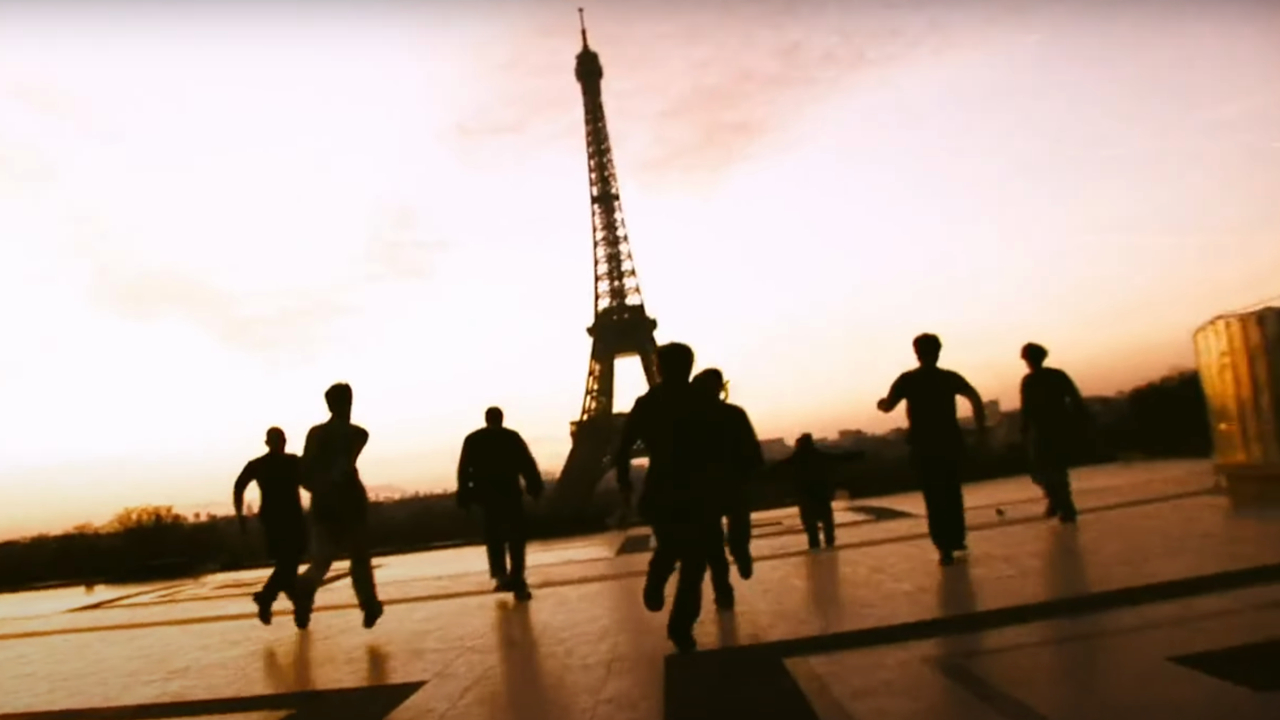SPOILER WARNING: The following article gives away certain crucial details from 28 Weeks Later, and a few from 28 Years Later, too. So if you have not yet seen the 2007 horror film or the franchise’s latest chapter, don’t say I did not warn you and rage out if you get spoiled on something.
In the days leading up to the release of the new 2025 movie 28 Years Later, which offers a further look at a world affected by the deadly Rage Virus, I made sure to revisit the groundbreaking original installment, 2002’s 28 Days Later (which was unavailable to stream or rent for years until recently) and 28 Weeks Later. For a while, I, like many others, acknowledged the first follow-up to the realistic “zombie” movie as a bit of a step down, or even the kind of sequel fans like to pretend never happened.
However, after deciding to give it a second chance by streaming it with my Hulu subscription, I must say that I am glad director Juan Carlos Fresnadillo’s sequel exists. In fact, it has been a while since I have been so proud to see my opinion of a movie evolve. Now, this is not to say that I think 28 Weeks Later is perfect, but that it might be worth it to give the film a reevaluation if you have not revisited it recently. Allow me to explain…
heartbreaking movie deaths: Doyle (Jeremy Renner) is burned alive trying to help Scarlet (Rose Byrne), Tammy (Imogen Poots), and Andy (Macintosh Muggleton) escape.
I will admit that the shaky cinematography gets on my nerves, but the moments when I can tell what is going on amount to some top-notch “zombie” flick action in my book. Also, I can’t be the only one who gets chills from the final shot of an Infected horde taking over Paris… which brings me to an issue I have with Weeks’ follow-up.
question fans had about the long-awaited sequel is whether or not Weeks would remain canon. The new horror movie does honor the second chapter’s conclusion, but also doesn’t, explaining in the opening expositional text that the Rage Virus did hit Continental Europe, which includes Paris, France, but was contained soon after. Now, nearly three decades later, the rest of the world, save the doomed tidal island where the threequel is set, is completely back to normal. That being said, I have a question: why, though?
Despite a portion where Spike (Alfie Williams) and Isla (Jodie Comer) encounter an iPhone-carrying Swedish NATO soldier named Erik (Edvin Ryding), there really is no reason why Years could not take place in a world completely overrun with the Rage Virus. The film, written by returning scribe Alex Garland and helmed by returning director Danny Boyle, already tells such a small and contained story that its core aspects would still remain intact. A post-apocalyptic movie set in one anarchic corner of an otherwise reformed world is an unsettling concept, but as a supporter of 28 Weeks Later and its hopeless conclusion, I wish Years treated its predecessor with a little more respect.
However, that may be my only real gripe over 28 Years Later. I genuinely believe it is nothing short of a masterpiece, and it is my choice for the best horror movie I have seen so far this year (and, yes, I have seen Sinners, which I agree is a wonderful). Perhaps Nia DaCosta’s next installment, 28 Years Later: The Bone Temple, might offer some deeper insight into what takes place between Weeks and Years. Either way, I just hope it scares me.

